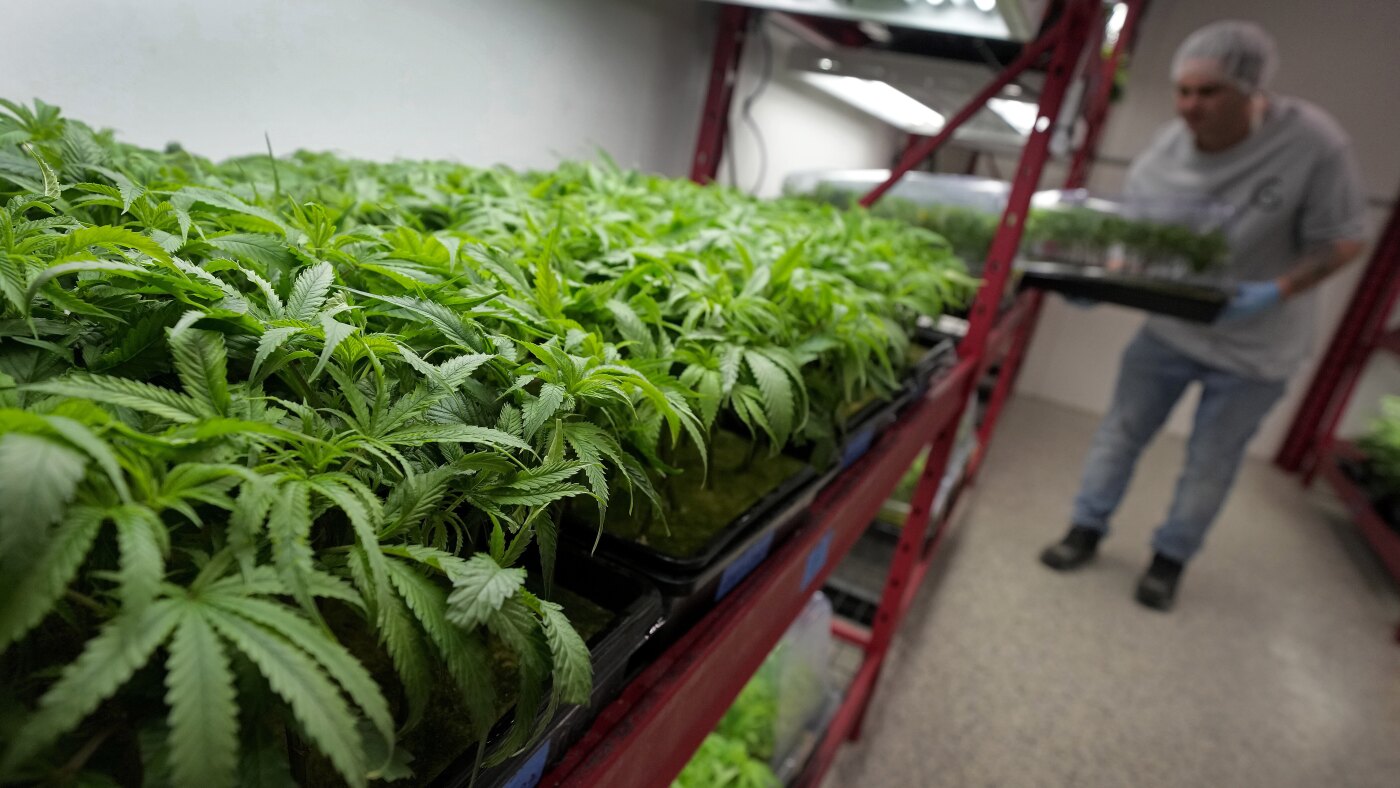An increase in physical activity between the ages of 45 and 65 could help prevent Alzheimer’s disease, while inactivity may be detrimental to brain health. This is the main conclusion of a scientific paper published in Alzheimer’s & Dementia, which highlights the need to promote physical activity among middle-aged adults. The study is the result of a collaboration between the Barcelona Institute for Global Health (ISGlobal), a center promoted by the “la Caixa” Foundation, and the Barcelonaβeta Brain Research Center (BBRC), a research centre of the Pasqual Maragall Foundation.
It is estimated that 13% of Alzheimer’s disease cases worldwide can be attributed to physical inactivity. In fact, the World Health Organization (WHO) recommends 150 to 300 minutes of moderate activity per week or 75 to 150 minutes of vigorous activity per week. While extensive research has shown that exercise reduces the risk of Alzheimer’s disease by improving cardiovascular and mental health, recent studies suggest that physical activity may have a direct impact on the development of brain pathology associated with the disease.
The study, led by Eider Arenaza-Urquijo, researcher at ISGlobal, included 337 participants from the ALFA+ longitudinal cohort, part of the ALFA study (ALzheimer’s and FAmilies) at the BBRC, supported by the “la Caixa” Foundation.
We conducted a four-year follow-up of middle-aged residents of Catalonia with a family history of Alzheimer’s disease.”
Müge Akıncı, doctoral researcher at ISGlobal and the BBRC at the time of the study and first author of the paper
“We used physical activity questionnaires to assess changes in activity over a four-year period and neuroimaging tests to analyse the effects of exercise on brain structure and function,” she adds. Participants were classified as adherent (meeting WHO recommendations), non-adherent (doing less than the recommended amount of physical activity), and sedentary (doing zero minutes of physical activity per week).
Benefits of physical activity on brain mechanisms
Beta-amyloid (Aβ) is a protein that can impair neural communication when it accumulates in the brain and is considered the first pathological event in Alzheimer’s disease. Participants who increased their physical activity to meet WHO-recommended levels showed less beta-amyloid accumulation than those who remained sedentary or reduced their physical activity. Moreover, this effect appeared to be dose-dependent; the greater the increase in activity, the greater the reduction in amyloid burden.
Non-sedentary participants also showed a greater cortical thickness in brain regions associated with Alzheimer’s disease. Cortical thickness in the medial temporal area is crucial for memory, so its thinning or atrophy (loss of volume) is an early sign of neurodegeneration.
“Even those who did less physical activity than recommended had greater cortical thickness than sedentary people, suggesting that any amount of exercise, no matter how minimal, has health benefits,” explains Müge Akıncı.
More exercise as a prevention strategy
The research team looked at both the increase in physical activity and the adherence to WHO recommendations. They observed that the benefits of physical activity appear to be related to increasing activity over time, rather than reaching a specific activity threshold.
“These findings reinforce the importance of promoting physical activity in middle age as a public health strategy for Alzheimer’s prevention,” emphasises Eider Arenaza-Urquijo, ISGlobal researcher and lead investigator of the study. “Interventions aimed at promoting increased physical activity could be key to reducing the incidence of the disease in the future,” she concludes.
Source:
Barcelona Institute for Global Health (ISGlobal)
Journal reference:
Akinci, M., et al. (2025). Physical activity changes during midlife link to brain integrity and amyloid burden. Alzheimer’s & Dementia: The Journal of the Alzheimer’s Association. doi.org/10.1002/alz.70007.











































